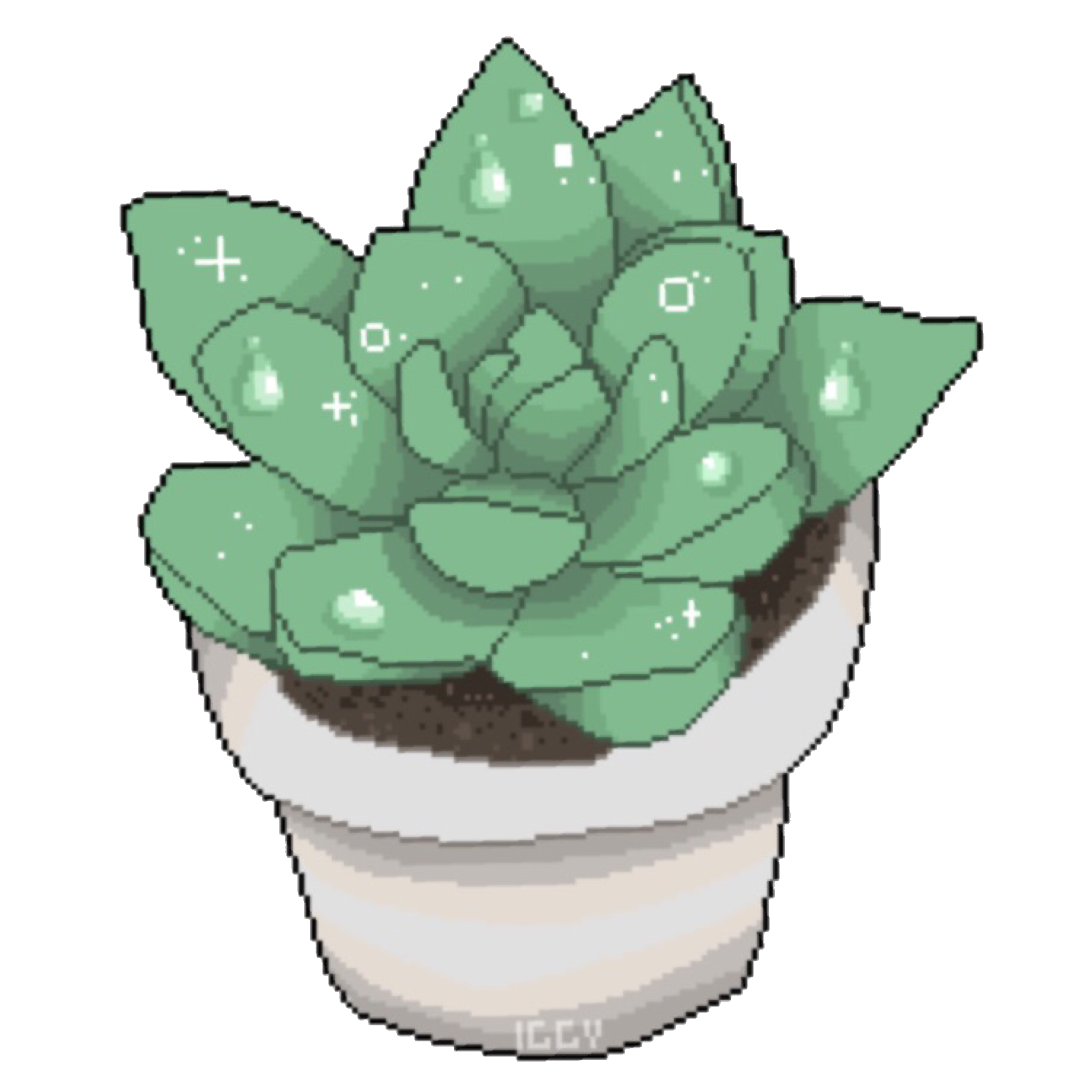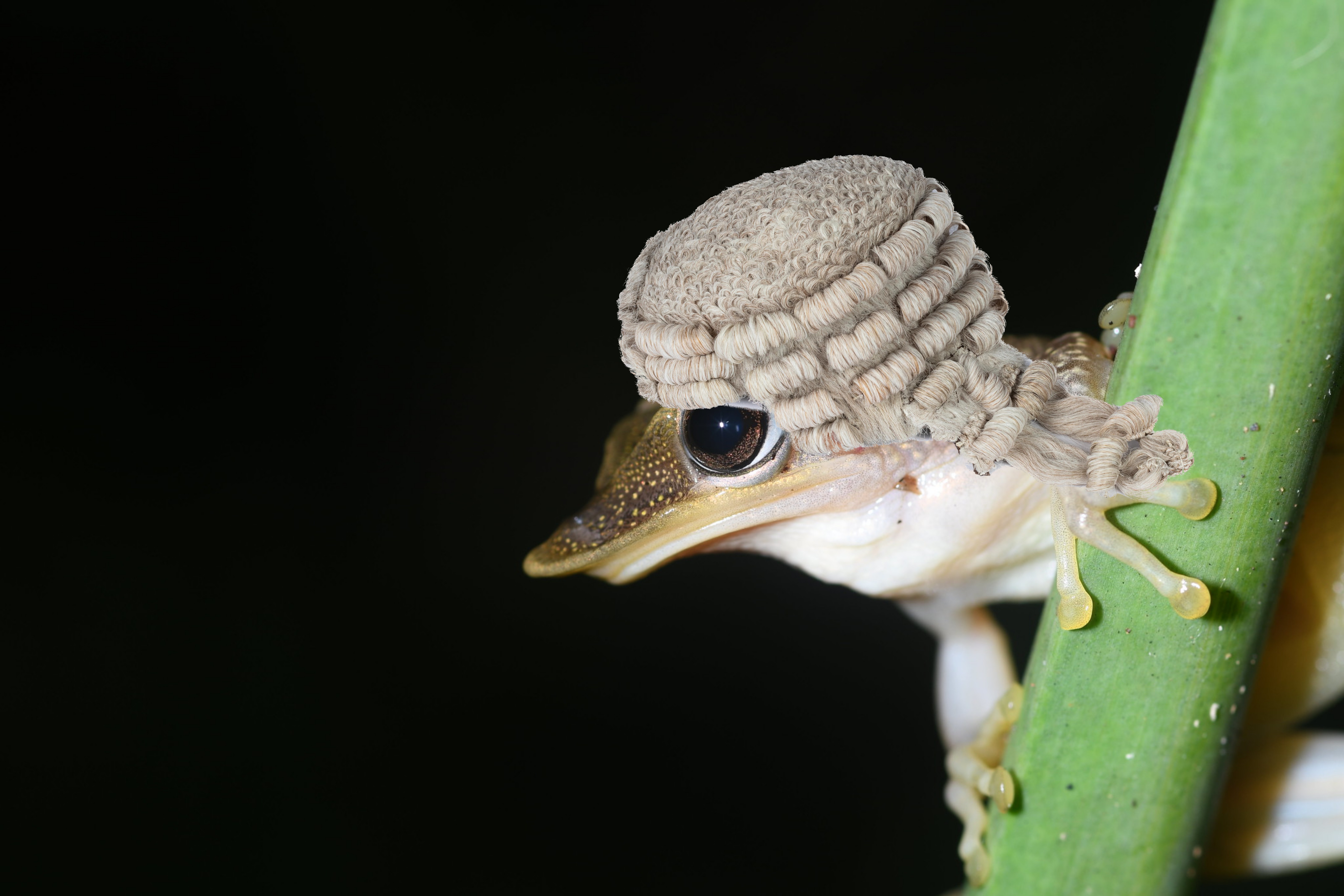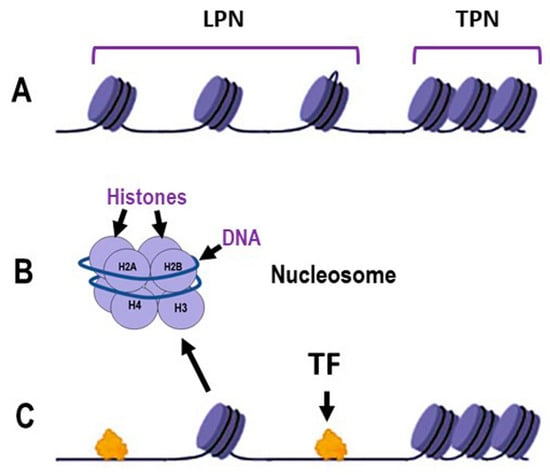

I have tested this and it happens with other instances as well, so it it is not mander-specific.
I am not sure why this happens… In my browser I even get fully logged out when I do this, unless I return to a previously open tab where I am logged in. So, maybe it is related to the behavior of the authentication cookie and how it is stored. Not sure.























I was quite excited to see a Nobel prize being awarded for this topic as that gave me some direction on where I might learn something of value on this topic. I picked up copies of Why Nations Fail and Power and Progress. I’m starting with the Power and Progress, which so far I like. I’ll save this article for after I read Why Nations Fail 😄